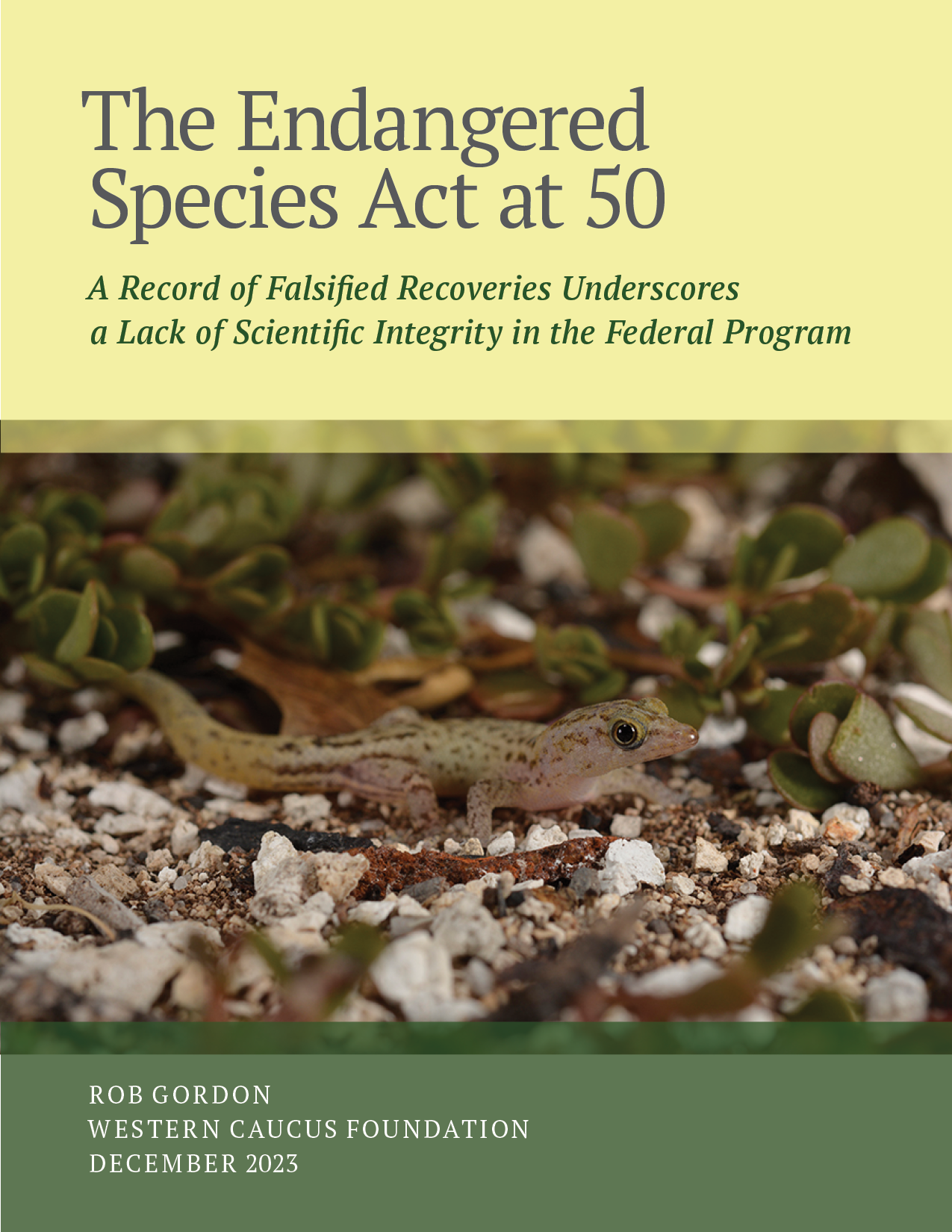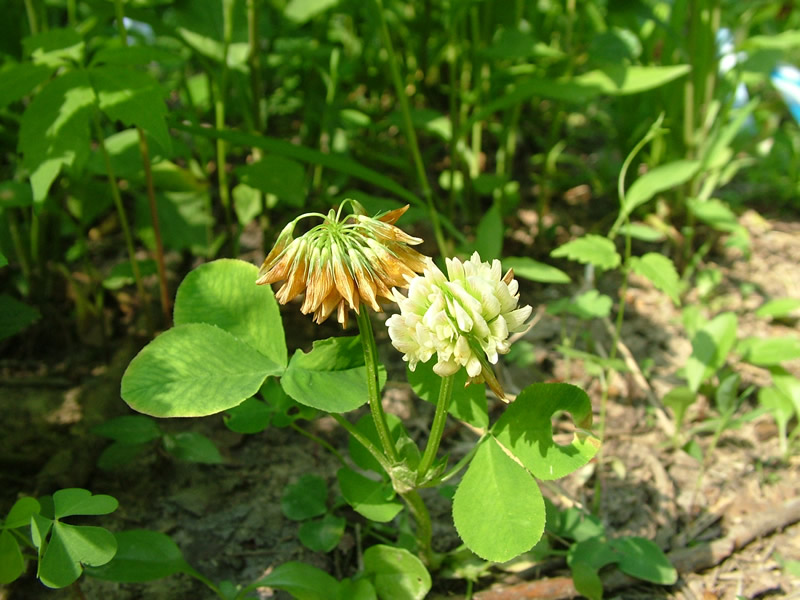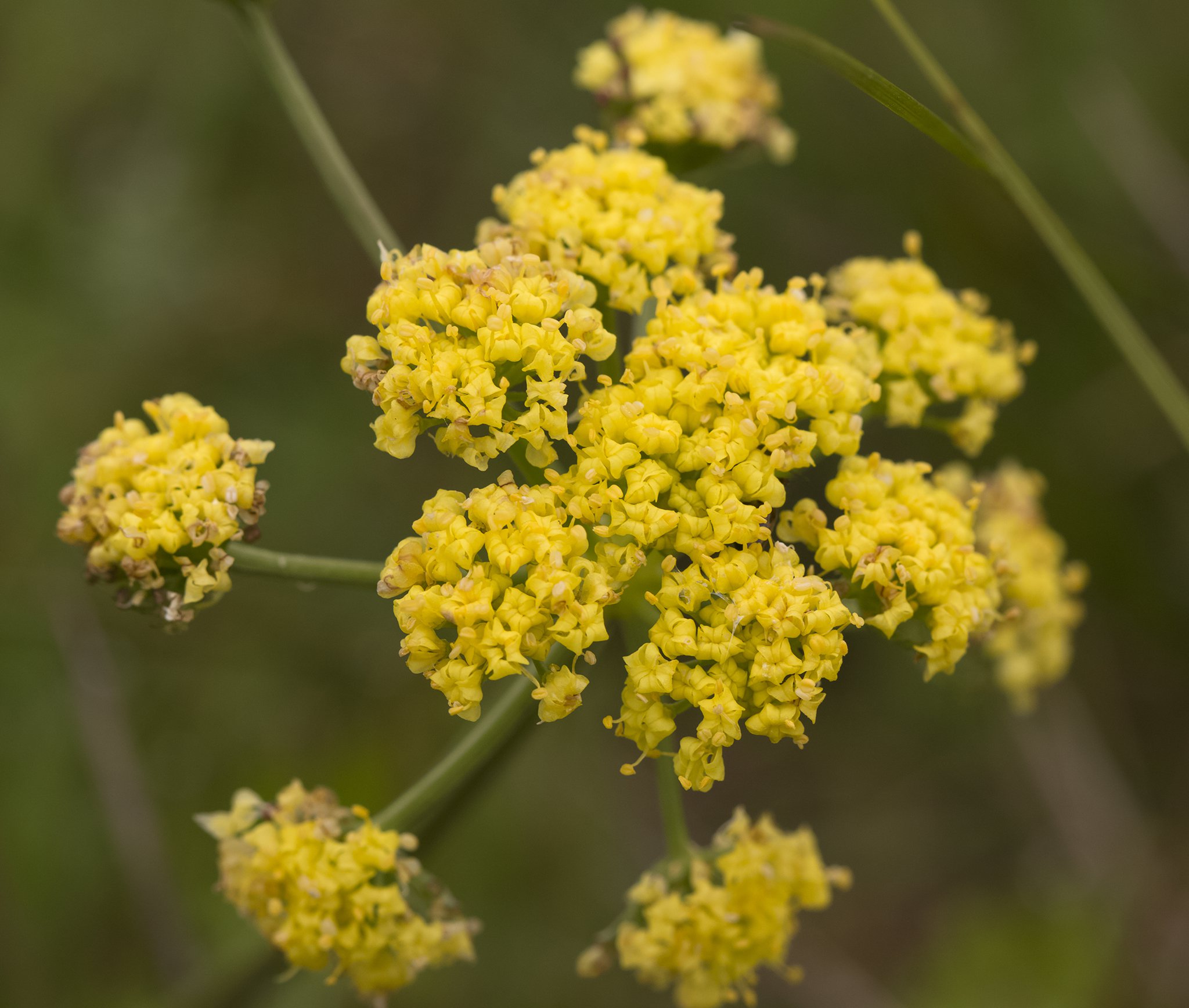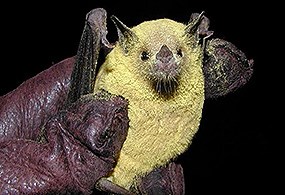THE ENDANGERED SPECIES ACT AT 50
A Record of Falsified Recoveries Underscores a Lack of Scientific Integrity in the Federal Program
On December 28th, 2023, it will be 50 years since the Endangered Species Act (ESA) first became law. Recovering endangered species is the ultimate measure of success under the ESA. The U.S. Fish and Wildlife Service (USFWS) recently touted its work towards this end, stating: “… more than 100 species of plants and animals have been delisted based on recovery or reclassified from endangered to threatened based on improved conservation status.”
Unfortunately, at the half century mark, with the listing of 1,667 threatened or endangered species, there are only 62 officially ‘recovered’ species. Of these, 36—nearing 60%—are not real conservation ‘success stories.’ These ‘recoveries’ are hollow, as they are inaccurate proclamations attributable to an erroneous original determination that the species was endangered or threatened. The ESA’s poor showing is compounded by the fact that for some species that have recovered, the recovery is not primarily or even substantially attributable to the ESA. Of the species currently proposed for delisting on the basis of recovery, at least 5 of 12 appear more likely to owe their improvement to original data error. About 20 of 40 of the downlisted species (lowered from endangered to threatened status) pointed to by USFWS as recovering, appear to primarily owe their improved status to data error as well. To support these conclusions, this report relies, with few exceptions, on the federal government’s own data, and is the most in-depth, up-do-date, and complete assessment of delisted endangered and threatened species available.

The Hawaiian Hawk was added to the list given a perceived low population, threats from invasive species, habitat loss, and environmental contaminants. Almost five decades later, when delisting the bird as “recovered” in 2020, USFWS reported that the new data indicated that the bird “...was, and continues to be, stable” (emphasis added). USFWS also found Hawaiian hawks use both native and nonnative habitats for breeding and hunting; invasive species were a substantial part of the bird’s diet, and that there was “no evidence of threat from environmental contaminants.”
When listing the Running Buffalo Clover in 1987, FWS reported that it was “one of the rarest members of the North American flora,” with just four known individual plants in one county, in one state. By the time it was delisted as a “recovered species” in 2021, 175 populations, in more than 80 counties and in six states—with one population numbering more than 60,000—had been found.
Bradshaw’s Lomantium, a plant, was added to the List when it was believed there were just 25,000 to 35,000 individuals in 11 known populations. Later discoveries revealed 71 sites with a gigantic one on a golf course—approximately 10.8 million plants. FWS proclaimed the plant a recovery in 2021, and reported that “even without formal protections, the regular mowing that occurs at [the golf course] on a consistent basis year after year has provided for the most vast and robust population of the species known.”
Around the time it was listed as endangered, the Monito Gecko was assumed to be extremely rare—one survey revealed only 18 of the one and a half inch lizards. The presumed threat was predation by invasive rats but FWS could later find no evidence rats ate the gecko. It also discovered the lizard was nocturnal. While the count of 18 had been done during the day, nighttime surveys yielded an estimated population of 7,661. The gecko was declared a “recovery” in 2019.
When added to the List, FWS estimated there were around 500 Lesser Long-Nosed Bats. When declaring the bat a “recovery” in 2018, FWS reported an estimated population of 200,000—400 times more, and reported that while the big number may in large part reflect better data, it did make it easier to determine the bat was no longer ‘endangered.’
The Puerto Rican Boa was proposed for delisting as recovered in July of 2022. That same month a FWS assessment reported that the boa “is probably less abundant now than it was in Pre-Columbian times...” and that a “current initial population size of the [Puerto Rican] boa could range from 37,903 to 189,515 boas.”
The Beach Layia, a plant, was downlisted in March of 2022. A prior FWS analysis reports “based on our current population estimate (likely in excess of 10 million), the 1998 estimate” of 300,000 “may have been a gross underestimate.”
Examples of False Recoveries
Click through our interactive infographic to read examples of the misleading practice of misidentifying species as recovered using U.S. Government data.
In the Press
This year marks the 50th anniversary of the ESA, and it has been a disappointing 50 years.” With a less than five percent success rate, it’s clear that the ESA as enacted has failed its mission of actually recovering species. Furthermore, the finding that more than half of the alleged recoveries are the result of data error or manipulation is a damning indictment of the effectiveness of this law and its implementation. This report shows we must improve transparency of the data used by the Fish and Wildlife Service and will help inform the work of the ESA Working Group that I co-chair in the House of Representatives.”
“For far too long, this administration’s desire to empower D.C. bureaucrats at the expense of local wildlife experts has allowed the ESA to be the death knell of local communities bound by its outdated policies. Now more than ever, we have a responsibility to modernize the ESA so it not only better fits its intended purpose but empowers our landowners and businesses to be partners in species recovery, not the enemy.”
“This report documents that the Endangered Species Act in its present form is ineffectual at best, and that its dismal record has been hidden. The Act desperately needs modernization for species and people, in terms of how the program is implemented, and to ensure that accurate, reliable and sufficient data are used in decision-making rather than advocacy science that harms Congressional oversight, misleads the public, and hinders the Act’s very purpose.”
“It’s to be expected that certain interests will characterize this report as a threat to endangered species or an attempt to roll back environmental regulations. It’s only in the environmental arena that any effort to bring a program into the future – or even the present – and make it effective is referred to as a rollback. Updating the ESA for the better would only turn its long-term failures into successes for truly endangered or threatened species.”
About the Author
Rob Gordon has worked on environmental issues for over three decades. He served as Senior Advisor to the Director of the USGS, as Deputy Assistant Secretary of Policy and Environmental Management at the Department of the Interior, Staff Director of the Subcommittee on Oversight & Investigations, Senior Advisor on Endangered Species for the House Natural Resources Committee, and as Professional Staff for the Committee when his primary role was crafting major provisions of H.R.3824, the Threatened and Endangered Species Recovery Act. Rob has been an Adjunct Fellow at the Competitive Enterprise Institute, served as a Visiting Fellow, Senior Research Fellow, and as Senior Advisor for Strategic Outreach at The Heritage Foundation, and founded and served as Executive Director of the National Wilderness Institute. He served for two terms as a Board Member of the Commonwealth of Virginia’s Board of Conservation and Recreation.








